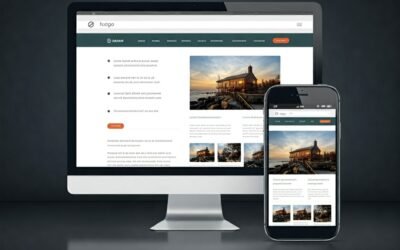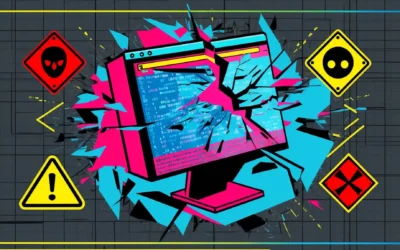Securing your WordPress Site
Securing your WordPress site is crucial, regardless of its purpose. Indeed, every WordPress site needs robust protection. Firstly, you must understand the unique vulnerabilities of WordPress platforms. Then, you can take targeted steps to safeguard your site effectively. WordPress is a popular content management system, which makes it a prime target for hackers. Therefore, implementing security measures is not just advisable; it’s essential. Moreover, these steps don’t have to be complicated or time-consuming.
1. Pick a Secure Web Hosting Service:
Start with a strong foundation by choosing a reputable and reliable hosting provider. A good host will offer features such as malware scanning, firewall protection, and automatic backups. I use Hostinger as they offer a range of WordPress hosting plans. They are even recommended by WordPress.org themselves so you can be sure that they are reliable and their hosting plans are secure.
2. Set Up an SSL Certificate and Enable HTTPS:
Hypertext Transfer Protocol Secure (HTTPS) is an encrypted version of regular HTTP. It ensures that the data exchanged between your site and your visitors is secure and private. You can get an SSL certificate from your host or from a third-party provider. Hostinger privide you with unlimited SSL security certificates to encrypt your websites’ traffic!
3. Use Plugins and Themes that Receive Regular Updates:
Software that receives regular updates from its developers is generally speaking more secure. Updates often fix bugs and vulnerabilities that hackers can exploit. You should always keep your plugins and themes updated to the latest version and delete any unused ones.
I recommend Headers Security Advanced & HSTS WP and use it on all my WordPress sites to get results like the one below.
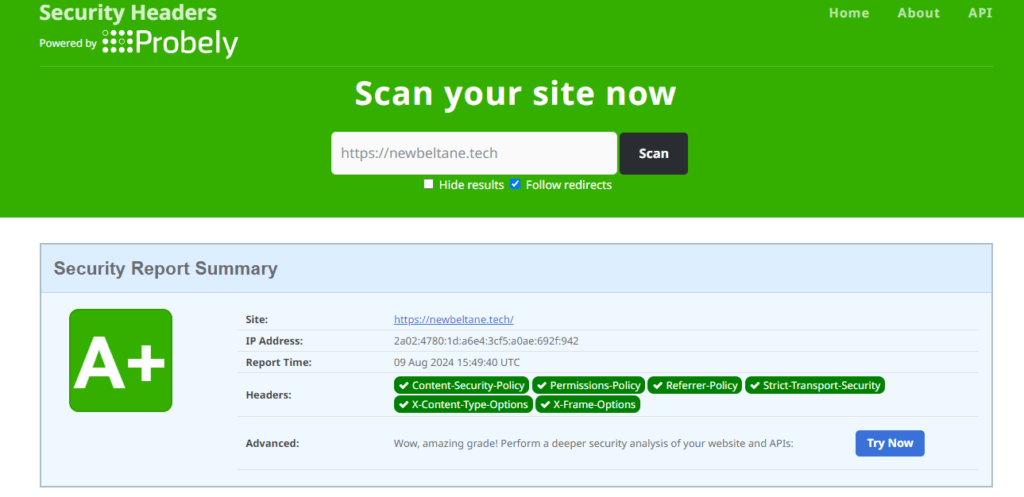
4. Protect Your Login Page:
Your Login page is the gateway that keeps attackers outside your dashboard. You should make it as hard as possible for them to break in. Some ways to do this are: changing the default admin username, using a strong password, limiting login attempts, and hiding the login URL.
I personally use Wordfence Security as it provides an endpoint firewall, malware scanner, robust login security features, live traffic views, and more.
5. Integrate an Activity Log Solution:
Activity or audit logs are one of the most useful security tools you can have in your WordPress arsenal. They record every action that happens on your site, such as login attempts, file changes, plugin updates, and more. You can use them to monitor your site’s activity and detect any suspicious behaviour.
6. Manage User Permissions:
Enforcing correct user roles is critical if you’re using complex software such as WordPress. WordPress has six predefined user roles: Administrator, Editor, Author, Contributor, Subscriber, and Super Admin. Each role has different capabilities and access levels to your site’s features. You should only assign the minimum necessary permissions to each user and revoke them when they are no longer needed.
7. Remove Unused WordPress Themes and Plugins:
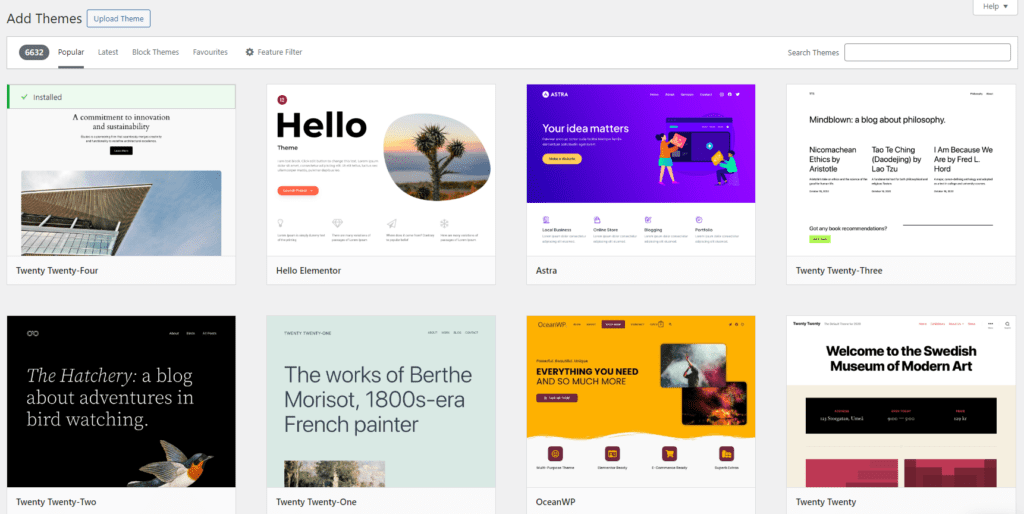
Having too many themes and plugins on your site can slow it down and create security risks. Unused themes and plugins can become outdated and vulnerable to attacks. You should delete any themes and plugins that you are not using, or replace them with more lightweight alternatives.
8. Enable Two-Factor Authentication:
Two-factor authentication (2FA) adds an extra layer of security to your login process by requiring a second verification method besides your password. This can be a code sent to your phone or email, a fingerprint scan, or a physical device like a USB key. 2FA makes it harder for hackers to access your account, even if they have your password.
9. Create Backups Regularly:
Backups are essential for any website owner. They allow you to restore your site in case something goes wrong, such as a hack, a server crash, or a human error. You should create backups regularly and store them in a safe location, such as an external drive or a cloud service.
Hopefully, this post will give you some guidelines on how to secure your WordPress site. You can also ask us to run a free security check on your site by using the contact form, just click the button below.
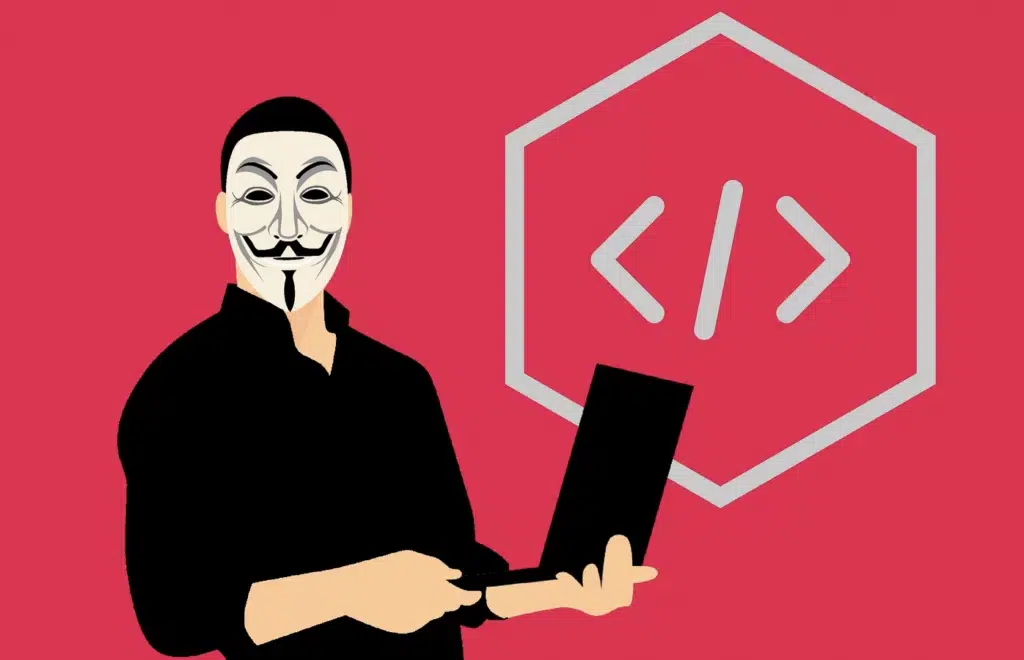
Links:
(1) wpbuffs.com – Secure a WordPress Site in 7 Simple Steps
(2) WordPress Security: 22 Ways to Keep Your Website Safe – Hostinger Tutorials.
(3) 15 ways to secure your WordPress site – searchengineland.com.
(4) How To Secure Your WordPress Website—Step-By-Step Guide – Astra.
(5) The Ultimate WordPress Security Guide – Step by Step (2023) – WPBeginner.



